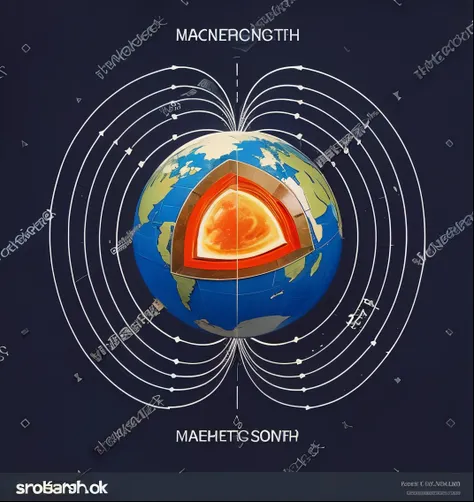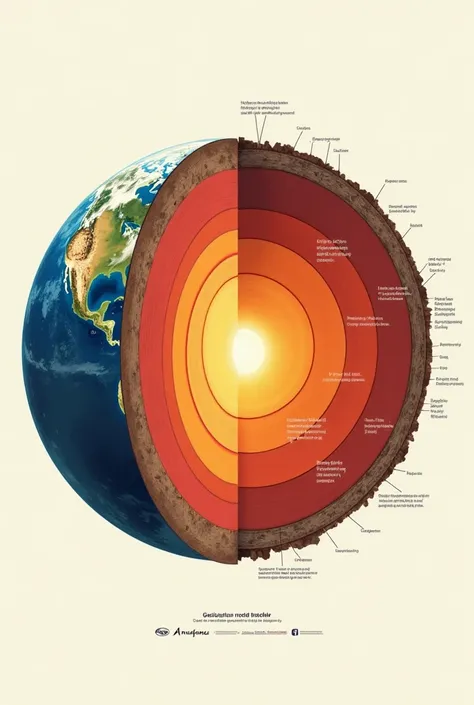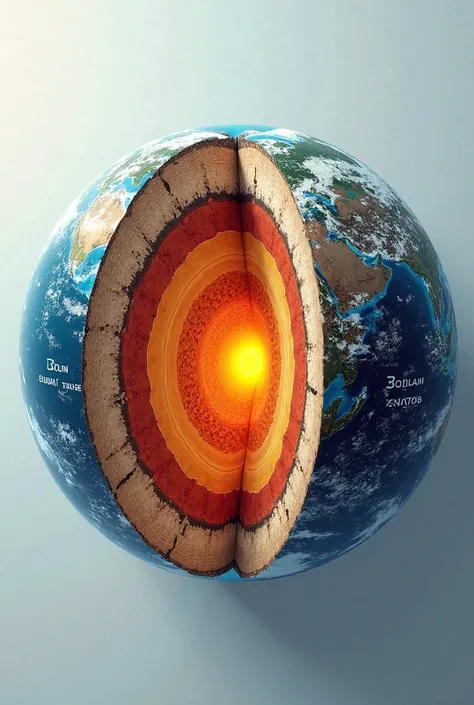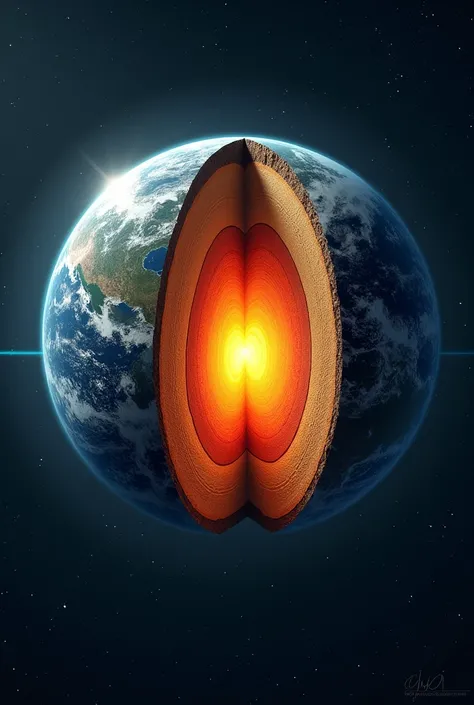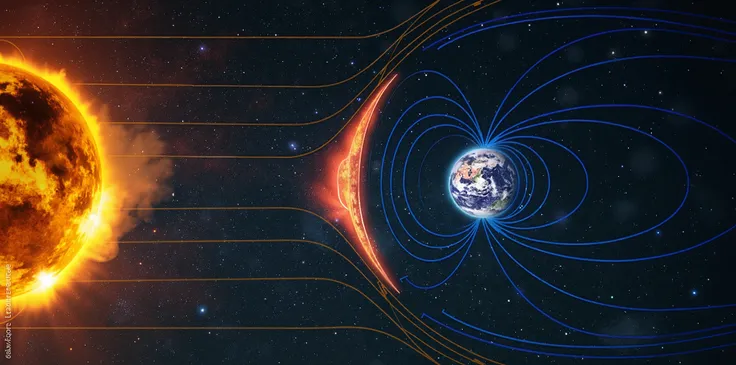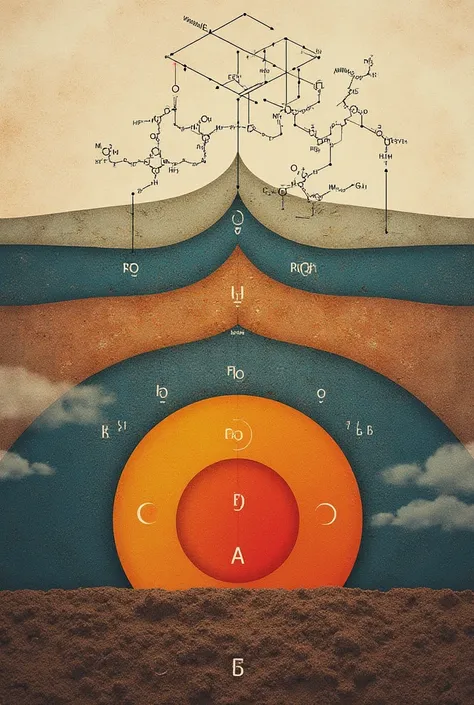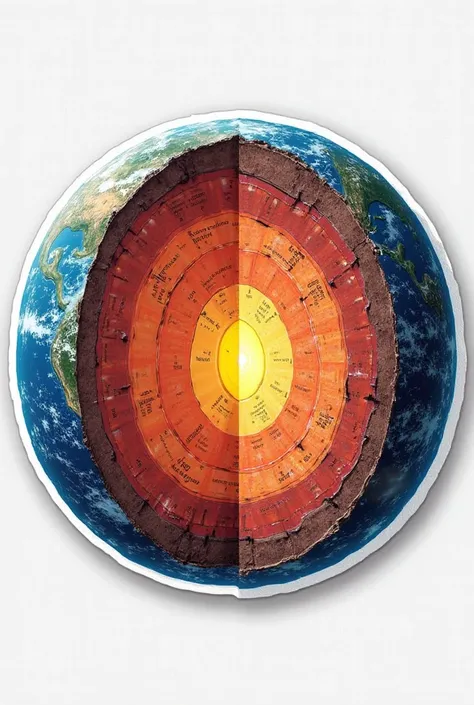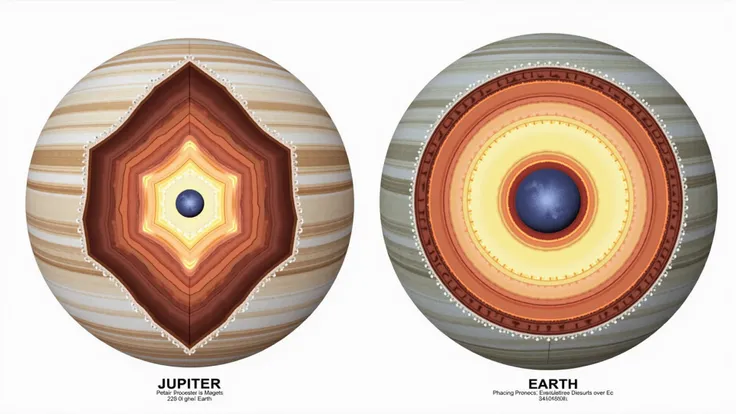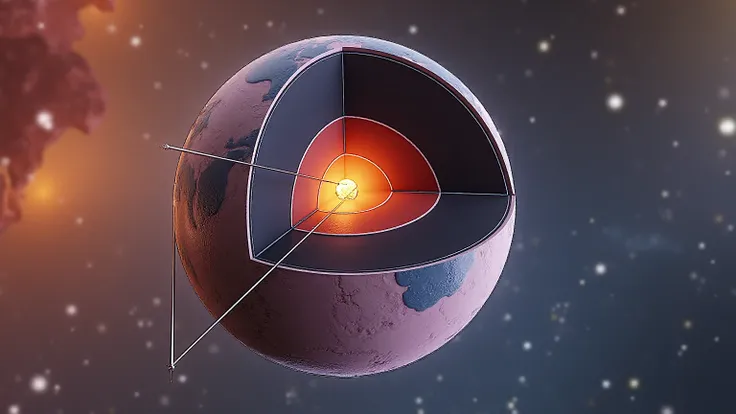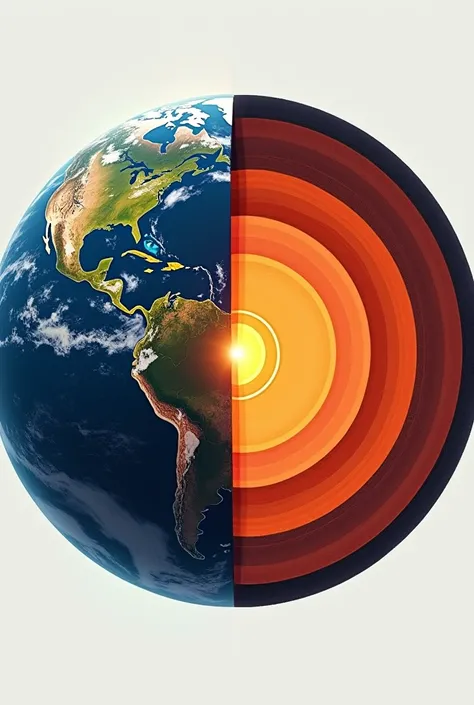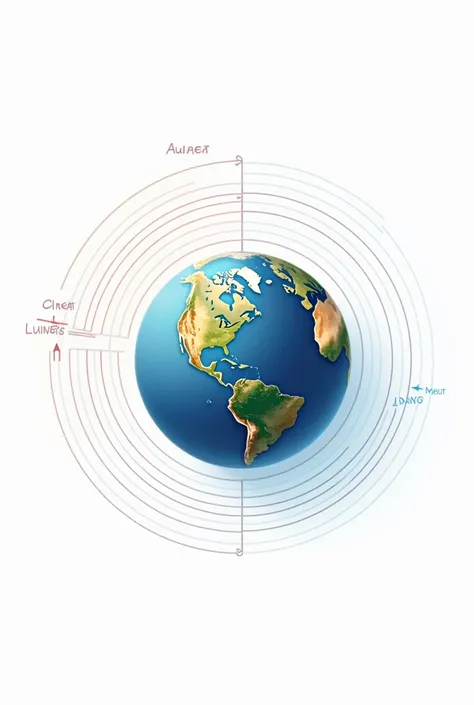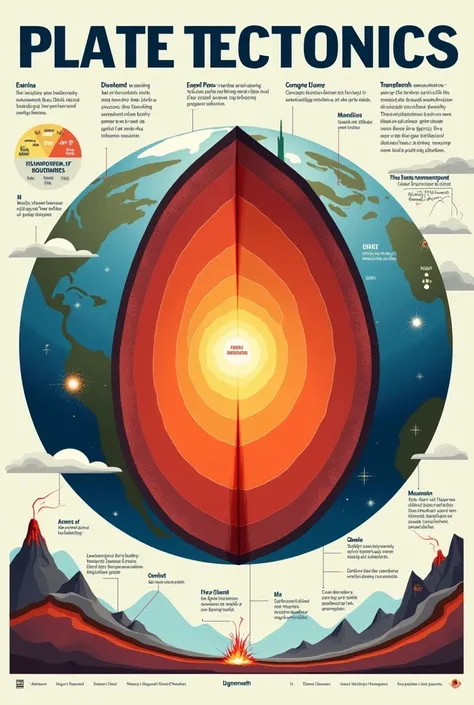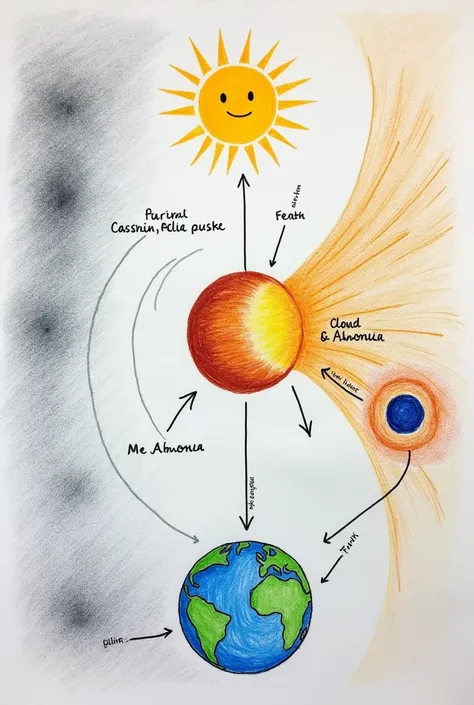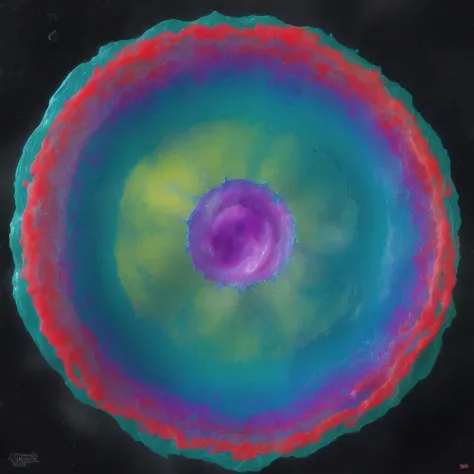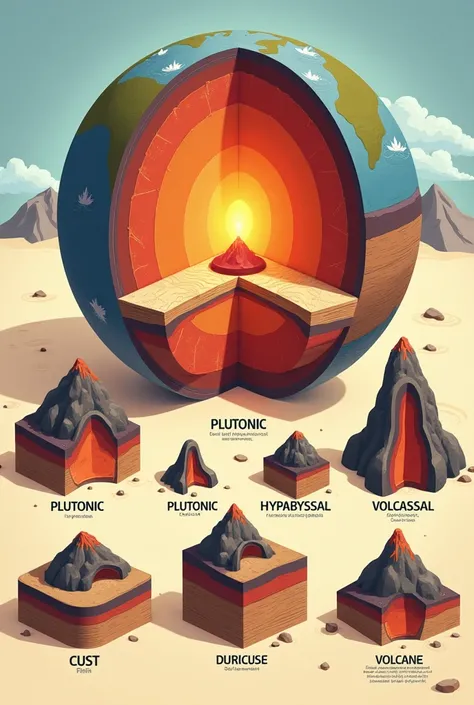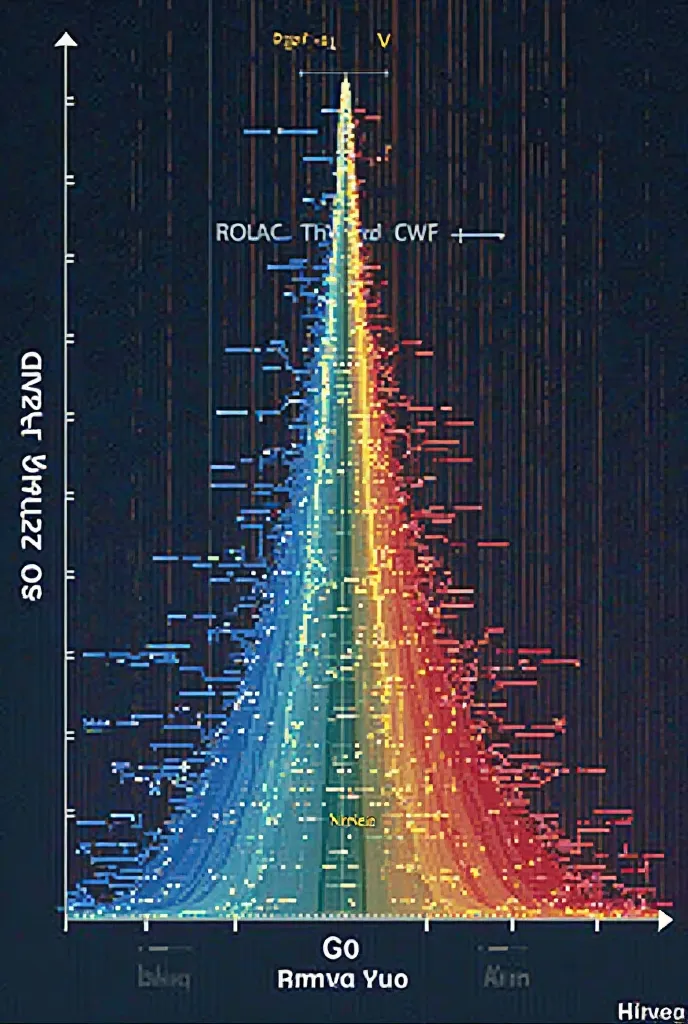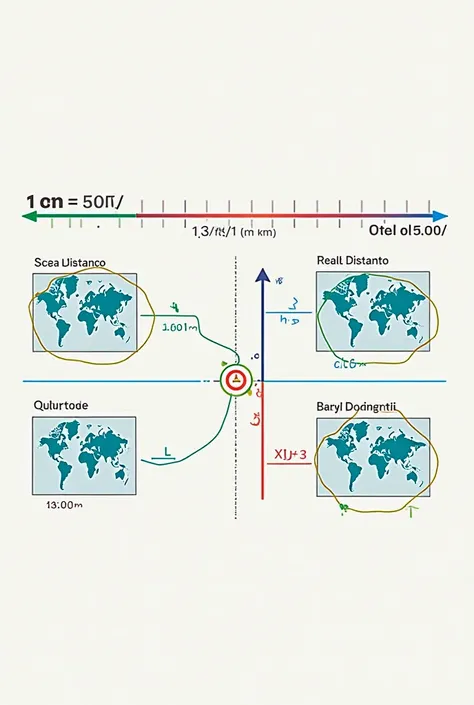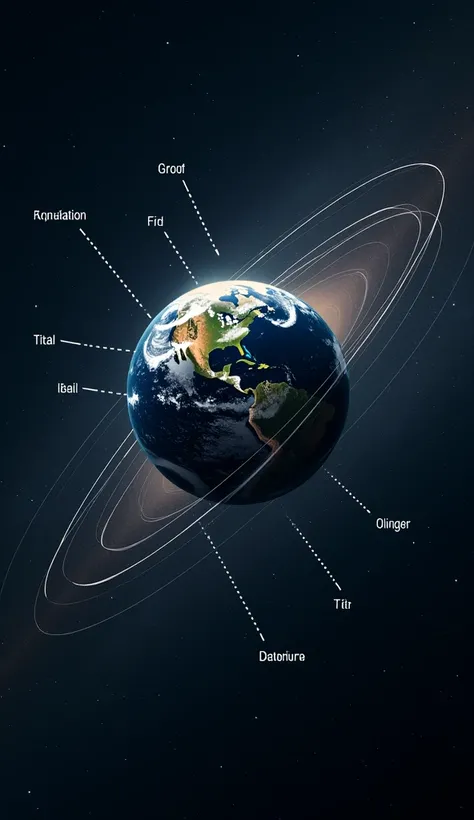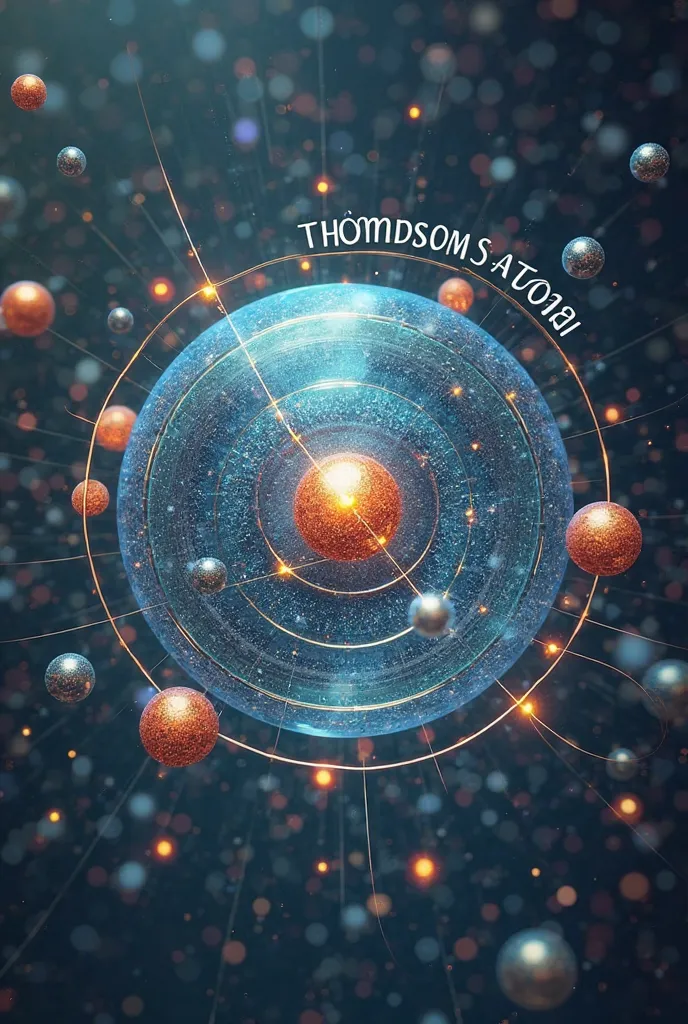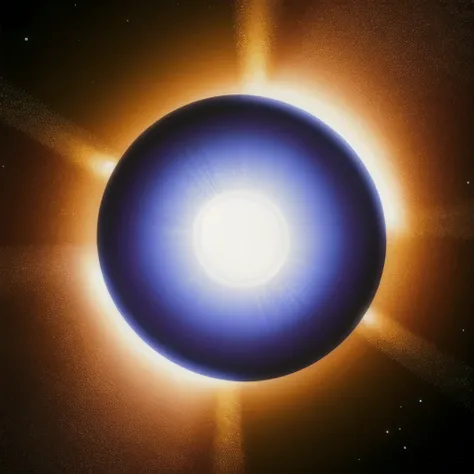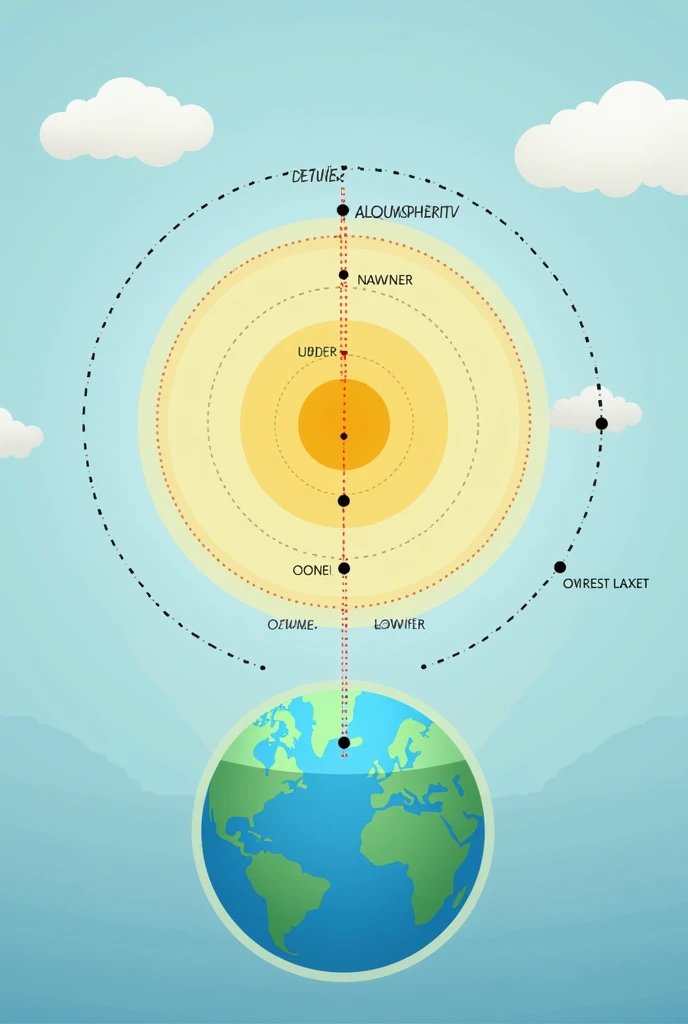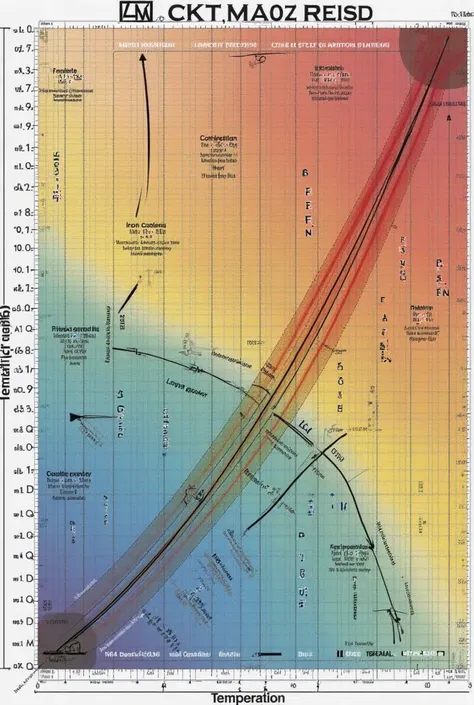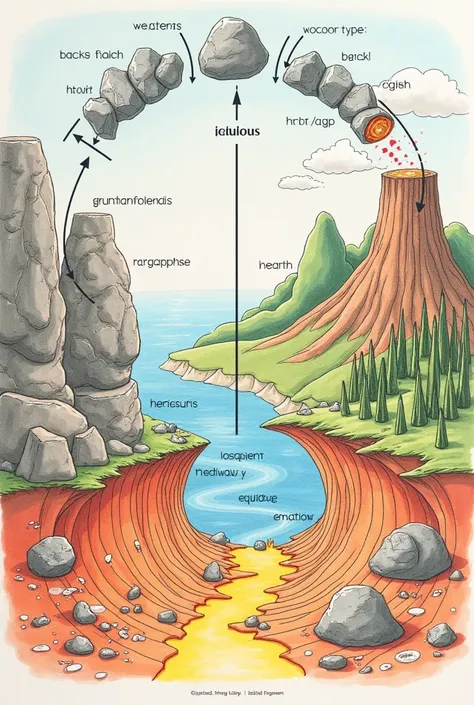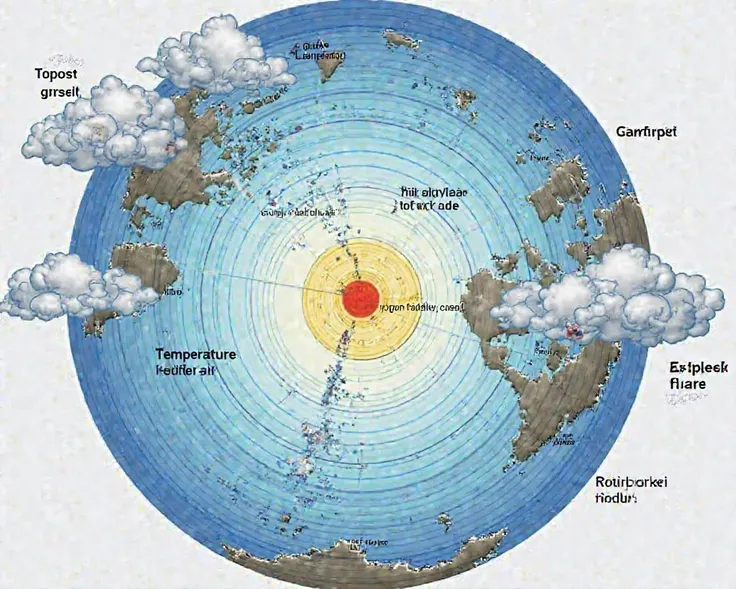Esquema de la Then P Corte transversal de la Tierra: Draw a circle that represe

Esquema de la Then P Corte transversal de la Tierra: Draw a circle that represents a section of the Earth, showing different layers like the bark, the mantle and the core. Seismic wave source: Mark a point within the crust or mantle to represent the epicenter of the earthquake.. P wave trajectory: Draw several straight or slightly curved lines radiating from the epicenter through all the layers of the circle.. The lines must pass through the mantle and reach the other side of the Earth.. This shows that P waves can travel through solids and liquids., that is to say, a través dthe mantle and the core externo. P Waves in a Solid Medium Draw a series of straight lines: It represents a section of the earth's crust.. Particles of the medium: Draw small spheres aligned in the direction of wave propagation. Compresión y Expansion: To show the longitudinal nature of P waves, draw segments where the spheres are closer together (Compression) and segments where they are more separated (Expansion). Esto visualiza cómo las partículas se mueven en the direction of the wave. Wave propagation: Draw an arrow to show the direction the wave is moving.. Differentiation between P waves and S waves Comparative diagram: Draw two graphs side by side. Then P: In the first graph, shows a longitudinal wave (as described before). Then S (Secondary schools): In the second graph, shows a transverse wave (where the particles move perpendicular to the direction of propagation). Direction of movement: Use arrows to indicate the direction of the particles and the propagation of the waves in both cases., highlighting the difference between P and S waves. Additional Details Tags: Make sure to label each part of the drawing, as the epicenter, the layers of the Earth, the direction of the wave, Compression, Expansion, etc. colors: Use different colors for the different layers of the Earth and pair
Generation Data
Enregistrements
Prompts
Copier les Paramètres
Esquema de la Then P
Corte transversal de la Tierra: Draw a circle that represents a section of the Earth
,
showing different layers like the bark
,
the mantle and the core
.
Seismic wave source: Mark a point within the crust or mantle to represent the epicenter of the earthquake
..
P wave trajectory: Draw several straight or slightly curved lines radiating from the epicenter through all the layers of the circle
..
The lines must pass through the mantle and reach the other side of the Earth
..
This shows that P waves can travel through solids and liquids
.,
that is to say
,
a través dthe mantle and the core externo
.
P Waves in a Solid Medium Draw a series of straight lines: It represents a section of the earth'
;
s crust
..
Particles of the medium: Draw small spheres aligned in the direction of wave propagation
.
Compresión y Expansion: To show the longitudinal nature of P waves
,
draw segments where the spheres are closer together (Compression) and segments where they are more separated (Expansion)
.
Esto visualiza cómo las partículas se mueven en the direction of the wave
.
Wave propagation: Draw an arrow to show the direction the wave is moving
..
Differentiation between P waves and S waves Comparative diagram: Draw two graphs side by side
.
Then P: In the first graph
,
shows a longitudinal wave (as described before)
.
Then S (Secondary schools): In the second graph
,
shows a transverse wave (where the particles move perpendicular to the direction of propagation)
.
Direction of movement: Use arrows to indicate the direction of the particles and the propagation of the waves in both cases
.,
highlighting the difference between P and S waves
.
Additional Details Tags: Make sure to label each part of the drawing
,
as the epicenter
,
the layers of the Earth
,
the direction of the wave
,
Compression
,
Expansion
,
etc
.
colors: Use different colors for the different layers of the Earth and pair
Info
Checkpoint & LoRA

Checkpoint
SeaArt Infinity
#Dessin animé
#SeaArt Infinity
0 commentaire(s)
1
0
0










